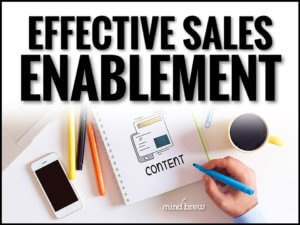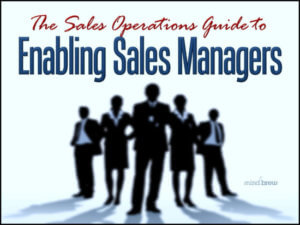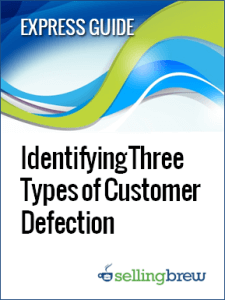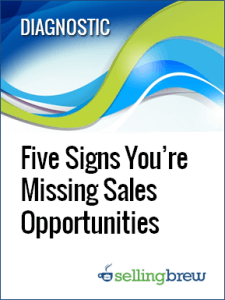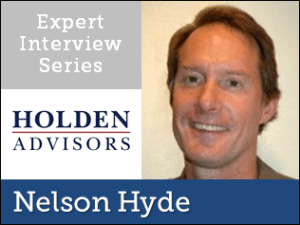Having joined Apple in 1976 at the ripe old age of 14, Chris Espinosa is currently the longest-serving Apple employee. But back in 1981, he was just a young college dropout trying to design a calculator that would meet Steve Jobs’s exacting standards.
Now if you know anything at all about Steve Jobs’s design sensibilities, you won’t be surprised to hear that Chris was having a really hard time coming up with something that Steve would approve. Every time he showed him something, Jobs would say the color was wrong or the lines were too thick or the buttons weren’t the right size.
Frustrated, Espinosa came up with a novel solution. Instead of tweaking the design further, he built what he called “the Steve Jobs Roll Your Own Calculator Construction Set.” It was a program that allowed Jobs to use drop-down menus to change the various attributes of the calculator design, like the line thickness, button size, color, etc. Within minutes, Jobs used it to create a calculator he liked.
That design remained part of the Mac operating system until 2002.
What does all this have to do with Sales Ops?
Good question. Sales Ops teams often have similar struggles to Espinosa when they present guidance to sales. Salespeople can be picky. And they generally don’t like being told what to do.
That leaves Sales Ops in a tricky situation. They could try to force sales to do what Sales Ops wants, or they can throw up their hands and hope for the best.
But there is a third option. Our research has found that a variety of strategies that strike a healthy balance between giving sales the authority they want while also providing appropriate guidance.
The Sales Enablement Model
By meeting sales teams where their heads already at, you have a much better chance of getting them to modify their behaviors. That’s why this model defines “sales enablement as:
The process of making our salespeople more capable of facilitating advantageous purchasing decisions.
It puts in place a system that focuses on getting salespeople to proactively take the right actions. It also has some important side benefits:
- Requires less change and political pain
- Promotes buy-in and ownership for all parties involved
- Provides scalability and repeatability
- Works in nearly any situation or organizational structure
- Produce great results in a short period time
Check out the webinar on Effective Sales Enablement. It explains enablement in greater detail, and it offers some lessons learned from teams that have already adopted this model.
We also dive deeper into enablement with our webinar The Sales Ops Guide to Enabling Sales Managers. Recognizing that sales managers are critical points of leverage and enablement with multiple reps reporting to them, we explore how to influence their actions in a positive way can be much more efficient and scalable than focusing on the individual salespeople.
As the team at Apple learned, there’s a limit to how much value can be gleaned from repeatedly going back and forth discussing a topic. Sometimes you need to switch up the pattern to reduce conflict and get to end results that work for everyone. And for Sales Ops teams, the enablement model is one great way to get out of rut and implement a solution that works for everyone.

